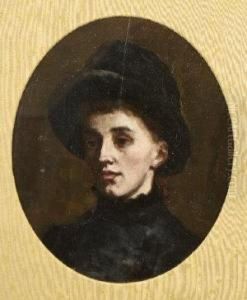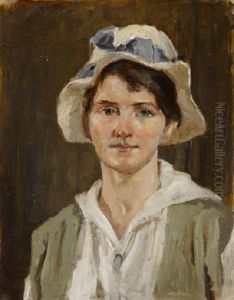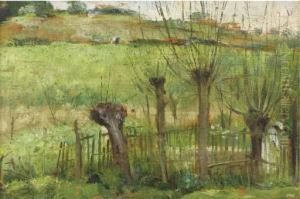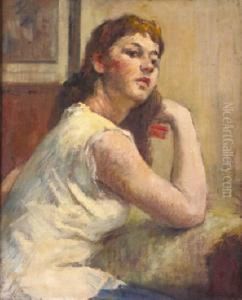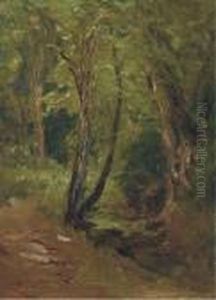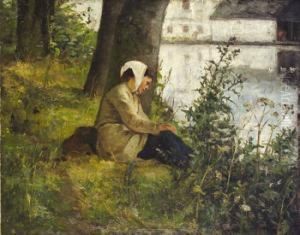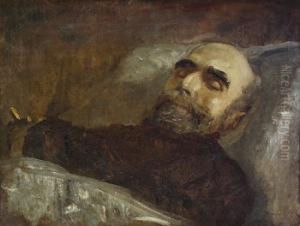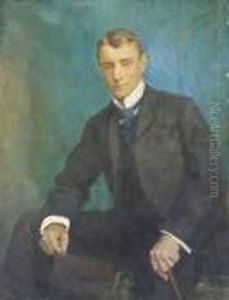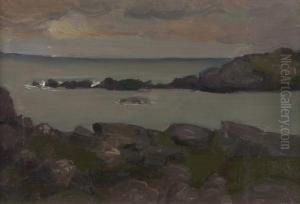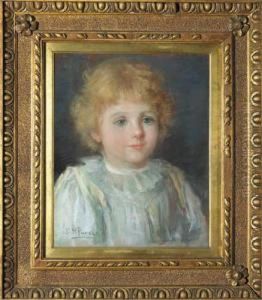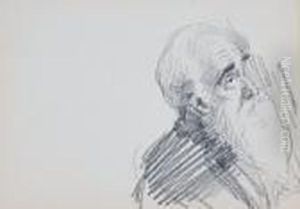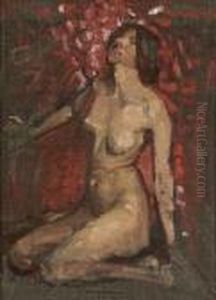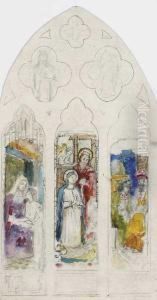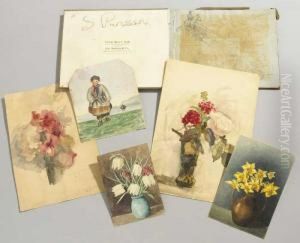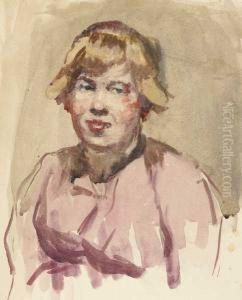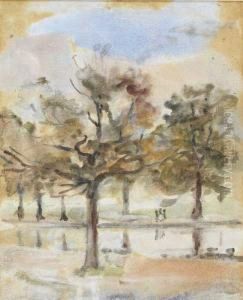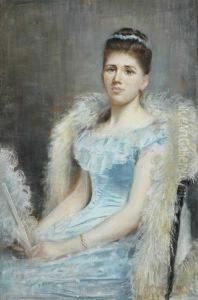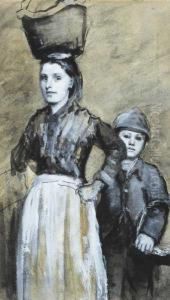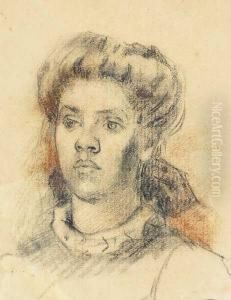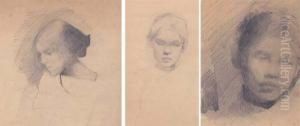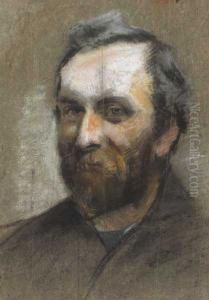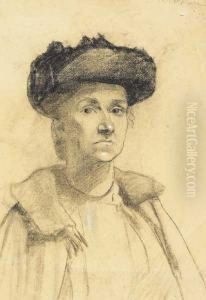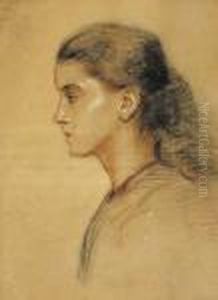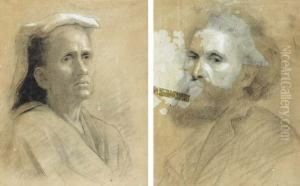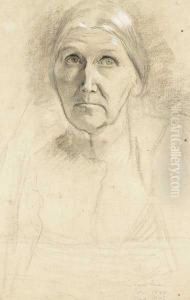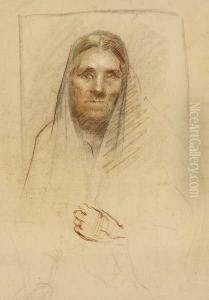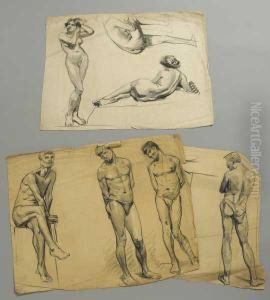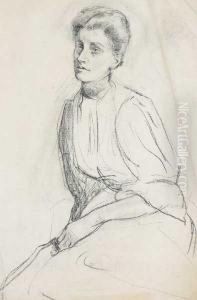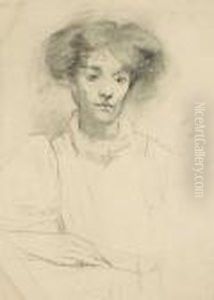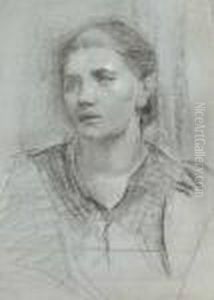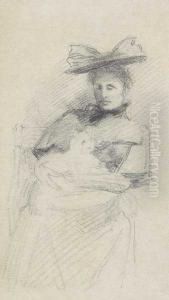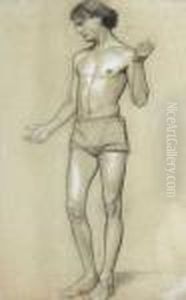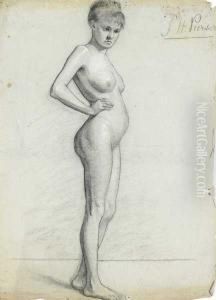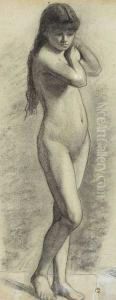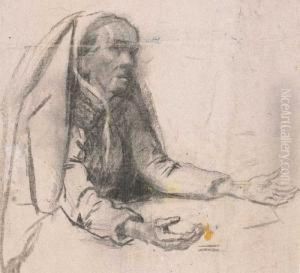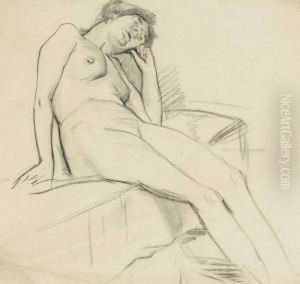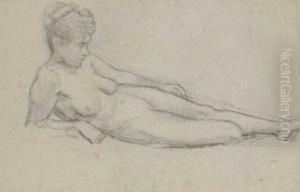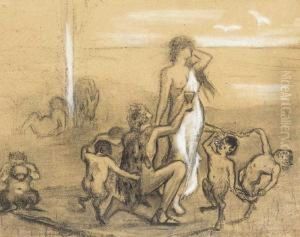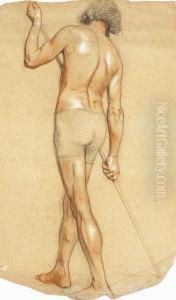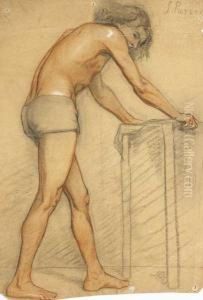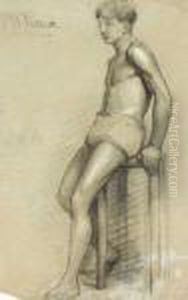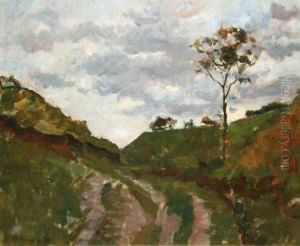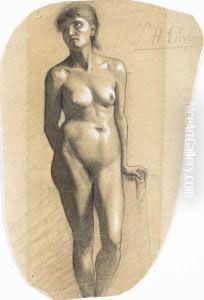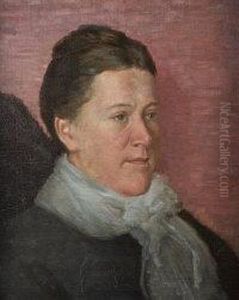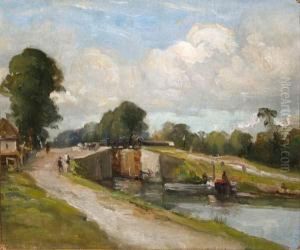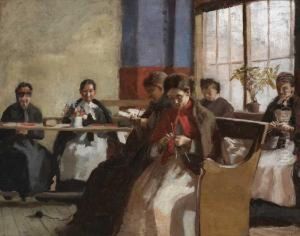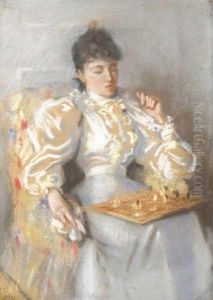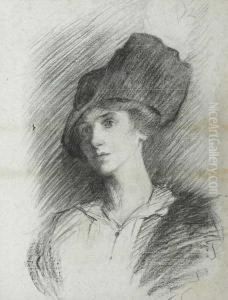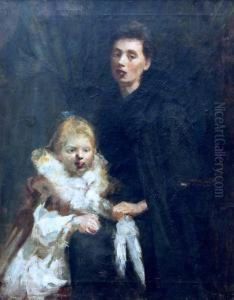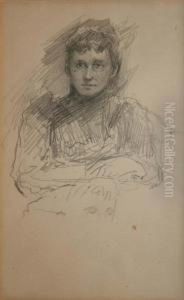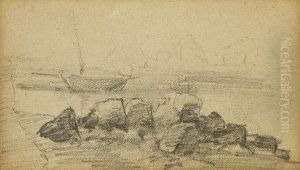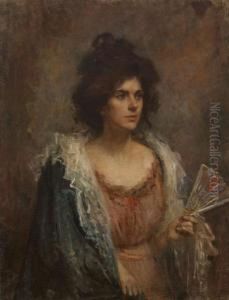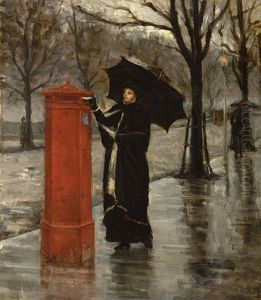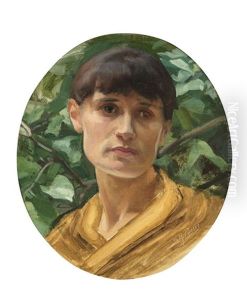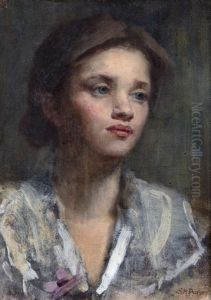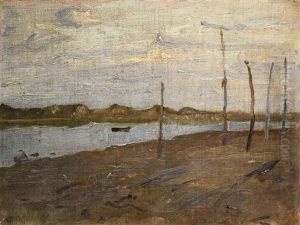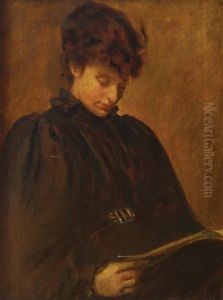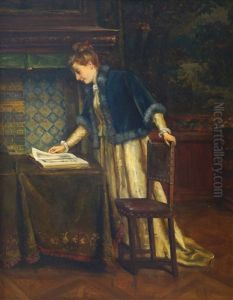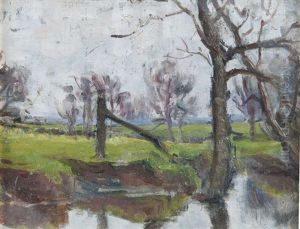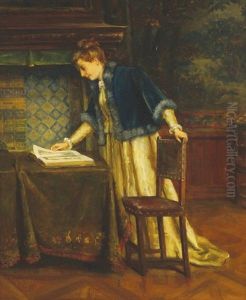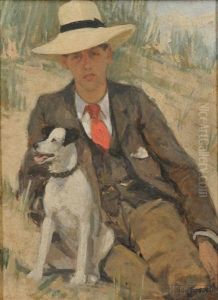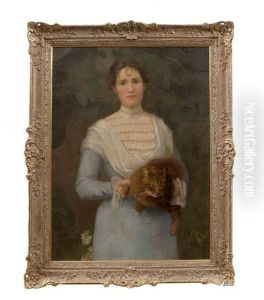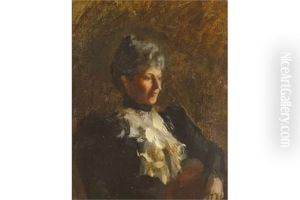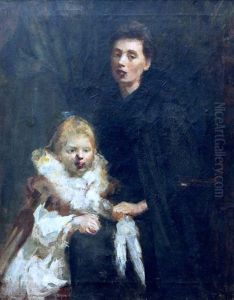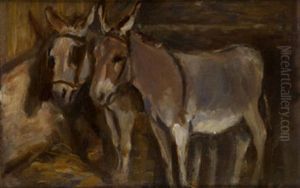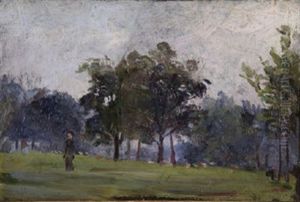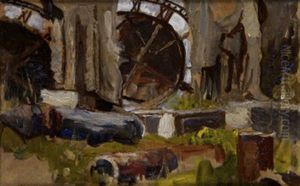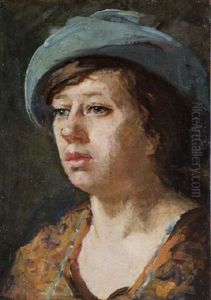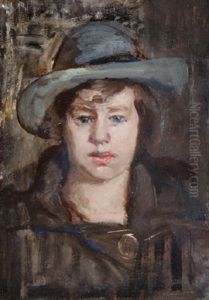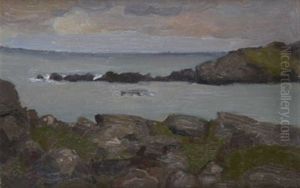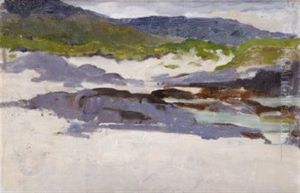Sarah Henrietta Purser Paintings
Sarah Henrietta Purser was an Irish artist born on March 22, 1848, in Kingstown (now Dún Laoghaire), Dublin, Ireland. She was known for her work as a painter, especially in portraiture, and as a stained-glass artist. She was a pivotal figure in the arts community in Ireland, playing a significant role in the development of Irish art and culture during her lifetime.
Purser attended the Dublin School of Art, where she honed her artistic skills. She then continued her studies in Paris at the Académie Julian, a progressive art school that was one of the first to admit female students. During her time in Paris, she was heavily influenced by the contemporary French painting style, which would later be reflected in her own work.
Returning to Ireland, Purser established herself as a professional artist, gaining recognition for her finely detailed portraits. Her subjects included many notable figures of the time, and she was well regarded for her ability to capture the personality and essence of those she painted. Purser was not only a painter but also excelled in stained glass, which was somewhat unusual for women in that era. She played a crucial role in the revival of this art form in Ireland.
In 1903, Sarah Purser founded An Túr Gloine (The Tower of Glass), a cooperative studio for Irish artists working in stained glass. This initiative was instrumental in promoting the craft throughout Ireland and abroad, and it provided training and employment for a number of important Irish artists.
Aside from her artistic achievements, Purser was also a notable philanthropist and social figure. She was a supporter of the Hugh Lane Gallery and was instrumental in establishing the Friends of the National Collections of Ireland. Her home at Mespil House became a cultural salon, attracting writers, artists, and intellectuals who would play crucial roles in the Irish Literary Revival and the cultural nationalism that preceded Irish independence.
Sarah Purser was appointed to the first Irish Senate in 1922, where she served until 1936, further showcasing her commitment to the cultural and political life of Ireland. She lived a long and productive life, passing away on August 7, 1943, at the age of 95. Today, her work is celebrated for its contribution to Irish art and for breaking barriers for women in the arts during a time when they faced significant restrictions.
